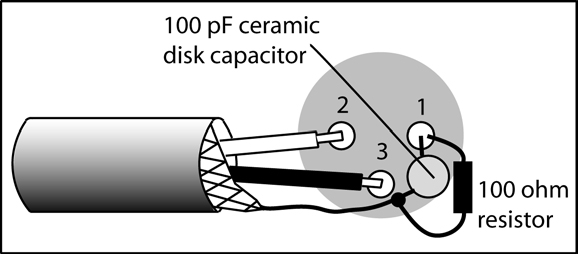case-sensitive
Member
Hello,
what I am trying to do, cut off unwanted frequencies from a bunch of TDA 7293 monoblocks. TT is doing upto 240 Hz, MT is meant to do 240-2100Hz and HT the rest. So I simulated it, see pictures. Is this a good plan? As within limits one can change the values from the data sheet. And the amplification remains the same.
Cheers,
case.
what I am trying to do, cut off unwanted frequencies from a bunch of TDA 7293 monoblocks. TT is doing upto 240 Hz, MT is meant to do 240-2100Hz and HT the rest. So I simulated it, see pictures. Is this a good plan? As within limits one can change the values from the data sheet. And the amplification remains the same.
Cheers,
case.










